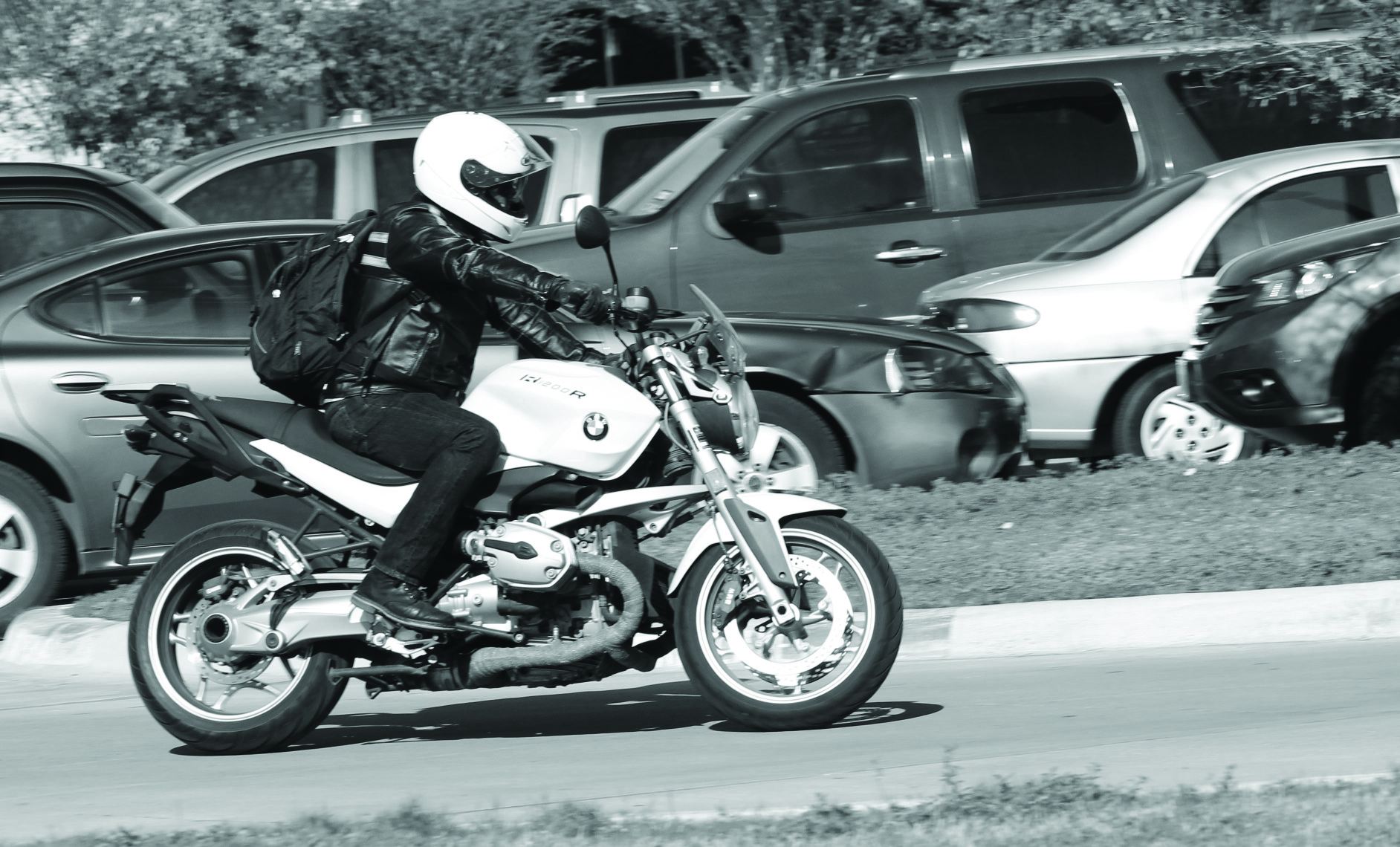Classes available at many
locations around the city
By Amber Quaid / Reporter
“Motorbikes set your soul free,” said Billy Kirk, local motorcycle owner. “You will either love it or you will never love it.”
According to the National Highway Traffic Safety Administration, motorcycles have been increasing in popularity since 1975, especially with the 20 to 29 age group. There are over 6.2 million motorcycles registered in the United States. With the increase of motorcycles on the road the amount of accidents has increased as well. Motorcycle fatalities represent approximately 11 percent of all highway deaths each year.
The Fatality Analysis Reporting System states that over 80 percent of fatalities occur off the roadway, more riders age 40 and over are getting killed, half of the fatalities are related to negotiating a curve, almost two-thirds of the fatalities were associated with speeding, almost 60 percent occur at night, over 90 percent are male, more than 50 percent were intoxicated and helmet use among fatally injured motorcyclists was below 50 percent.
The Governors Highway Safety Association projects 5,000 motorcycle deaths in 2013, with actual numbers to be released in April.
“You’ve got to be careful,” said Alan Clark, chairman of the Department of English and Philosophy at Del Mar College and a motorcycle owner. “Just because you have been riding for a long time doesn’t mean you have been riding right.”
There are many safety factors to consider when riding a motorcycle. A motorcyclist has to be more aware in intersections, as this is where most collisions occur. The NHTSA suggests that all motorcyclists stay visible to other motorists at all times and never ride in the “blind spot.” It also advise to anticipate drivers backing out of their driveway and to be cautious, drive as though you are invisible and no one can see you.
Clark also suggests that when turning at a corner where two lanes can turn right on green, if you are on a motorcycle, you should be on the inside lane because people either turn wide and will end up in the other lane or they just won’t see the motorcycle.
“Just remember it doesn’t matter how well you can ride,” local resident Ryan Carvalho said. “If the idiots around you are being themselves there isn’t anything between you and the pavement.”
One of the main reasons motorcyclists are killed in crashes is because the motorcycle itself provides no protection. Wearing specific gear can help lessen the amount of damage an accident can do. Other causes of motorcycle crashes include failure to understand the limitations of the motorcycle, lack of specific braking and cornering skills and failure to follow speed limits.
The NHTSA offers suggestions on what a beginner motorcyclists should do after they buy a bike but before they ride it. Reading you owner’s manual is suggested to get the rider familiar with the motorcycle. Wearing the right shoes, gloves and clothing will help protect your body in a crash and against the elements as you ride. Never drink and ride as alcohol slows the rider’s reflexes and limits the rider’s ability to properly operate the motorcycle. Of all these suggestions the GHSA and the NHTSA state the helmet to be the most important piece of equipment.
“Wear a helmet for sure,” motorcycle enthusiast Taylor Houston said, “and invest in the proper gear.”
They also suggest all riders, regardless of riding ability, should take a motorcycle rider training course. The motorcycle rider training courses are provided at the Coastal Cycle Academy, Fresh Start and certain U-Haul facilities. Most beginner classes start at around $265.
“It’s that feeling of autonomy,” Clark said. “There’s nothing like riding down Ocean Drive when the sun’s coming up and you are just there, part of the scene. It just feels good.”





